Roles in the Anselm Society’s Art and Faith Community
By Amy Lee
I’ve misquoted an article by Dr. John Skillen for a long time.
When his “Who Makes the Art Work?” piece[1] was shared by the Anselm Society years ago, many of the staff were intrigued by his exploration of four “parties” that helped art to thrive during the Italian Renaissance: communities, patrons, advisors, and artists. Each of these groups, Skillen noted, was involved in the creation of art, in a process rather different from today’s popular perception that art is made by lone rangers or eccentric geniuses. Instead of coming along as commentators or collectors only after a work was created, the communities, patrons, and advisors shaped the art alongside the artist.
Skillen’s article presented a stirring alternative vision that made room for “the fundamental character of the church as a body of mutually dependent members.” [2] I waxed enthusiastic about this model, especially in conversations about the arts guild, and yet — I could never seem to get all four parties correct. Artists, patrons… pastors? Scholars? Audiences?
Over time, I realized I was conflating the article with other discussions taking place within the Anselm Society. The Anselm community is culturally and contextually different from the Italian Renaissance in many ways, but it seems to have grown into a similarly interconnected ecosystem that encompasses its own version of the four parties.
Artists
Anselm-linked artists include poets, painters, musicians, and more. Whether the idea for an art piece first springs from an artist’s imagination, a direct commission, or a perceived need, the community shapes and nourishes the work. Fellow artists and resonators are often the first to hear about the idea. (None of these groups are mutually exclusive.)
Church Leaders
Theologians, pastors, priests, and ministry leaders can help make the art robust through direct counsel, but they also contribute regularly to the rich mental compost of the artists’ understanding of faith, the Church, and God. They frequently use their own creativity to bring art into church life and corporate worship. During past Anselm artists’ retreats, local pastors have prayed over and anointed the hands of artist attendees, one by one, in poignant affirmation of the artists’ role in the ministry of the church.
Resonators/Patrons
Resonators and patrons are thoughtful seekers of the beauty, truth, and goodness of Christ who read, listen, and view the offerings the artists have made. Very often their financial support or inquisitive encouragement make the art possible in the first place. Vulnerable details they share from their daily lives can spark a new work of art, and on the other end of the process their honest, personal recommendations of a new work of art help that work to reach its intended audience.
Scholars/Interpreters
In an age of fractured attention, scholars and interpreters help artists understand the central idea of an art-piece-in-progress. They may go a step further, helping resonators grasp how that art piece is relevant to our day-to-day lives. The first two lectures I attended at the Anselm Society had this linking effect; Rod Dreher told a moving story of the intersection between his discovery of Dante and his strained relationship with his father, and Diana Glyer drew from the Inklings to share ideas about creative collaboration. Such scholar-interpreters can dive more deeply into a finished work of art, helping the wider community appreciate nuances of form that may otherwise go unnoticed.
This four-party matrix is not a definitive one, but it is a beginning. Like Skillen’s model, it lays the framework for art to be woven again into the life of the church, generating an attitude of listening and working together in the great harvest. May it ultimately change the focus, the telos, and the offering of our art as worship to God.
Amy Baik Lee serves on the board of the Anselm Society and is a former co-director of the Anselm Society Arts Guild. She is the author of This Homeward Ache: How Our Yearning for the Life to Come Spurs on Our Life Today. Her writing and lectures have been featured by the Rabbit Room, Cultivating Magazine, Ekstasis, the Marion E. Wade Center, Story Warren, and other communities and publications. A lifelong appreciator of stories, she holds an MA in English literature from the University of Virginia and still “does voices” when she reads aloud.
[1] John Skillen, “Who Makes the Art Work?” https://www.artfaithhistory.org/who-makes-the-art-work
[2] Ibid.

